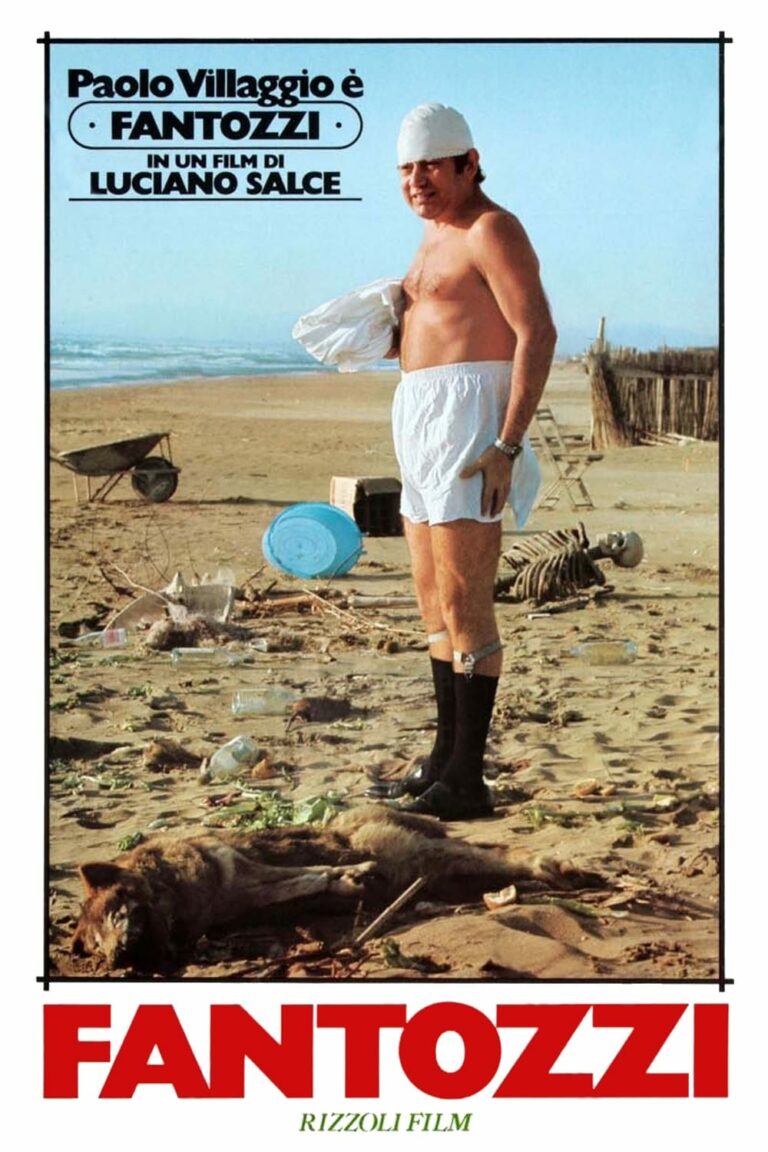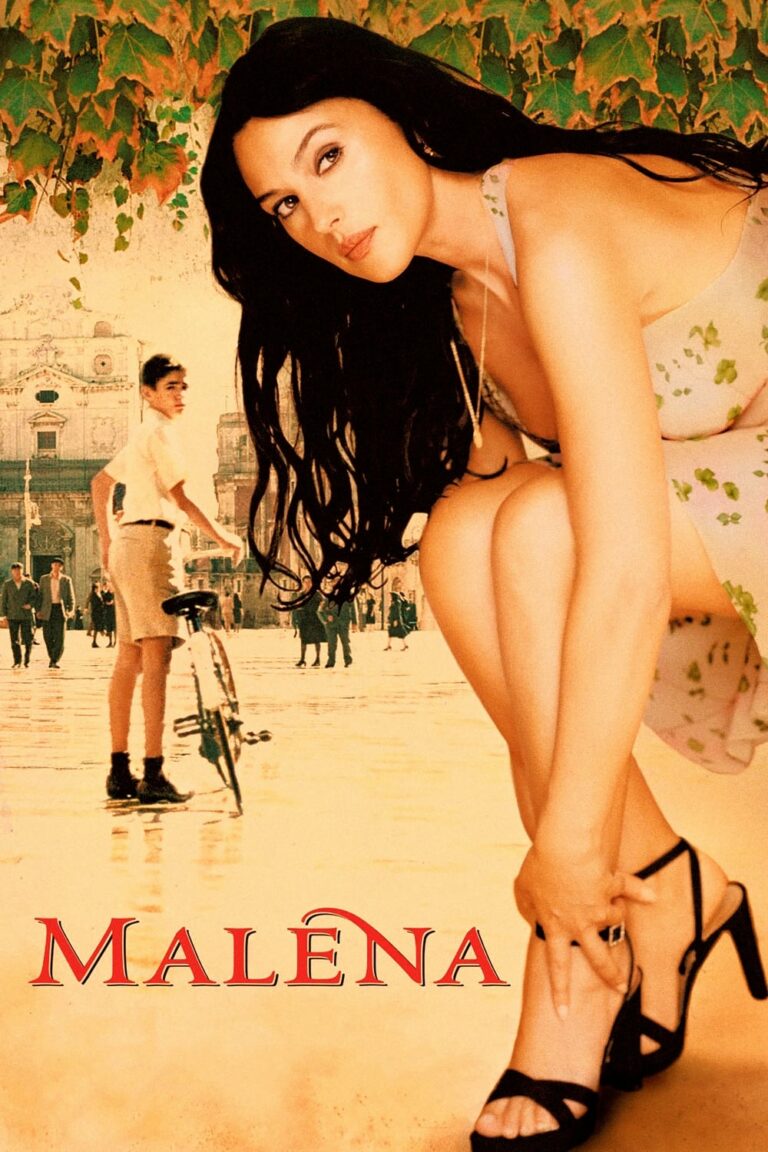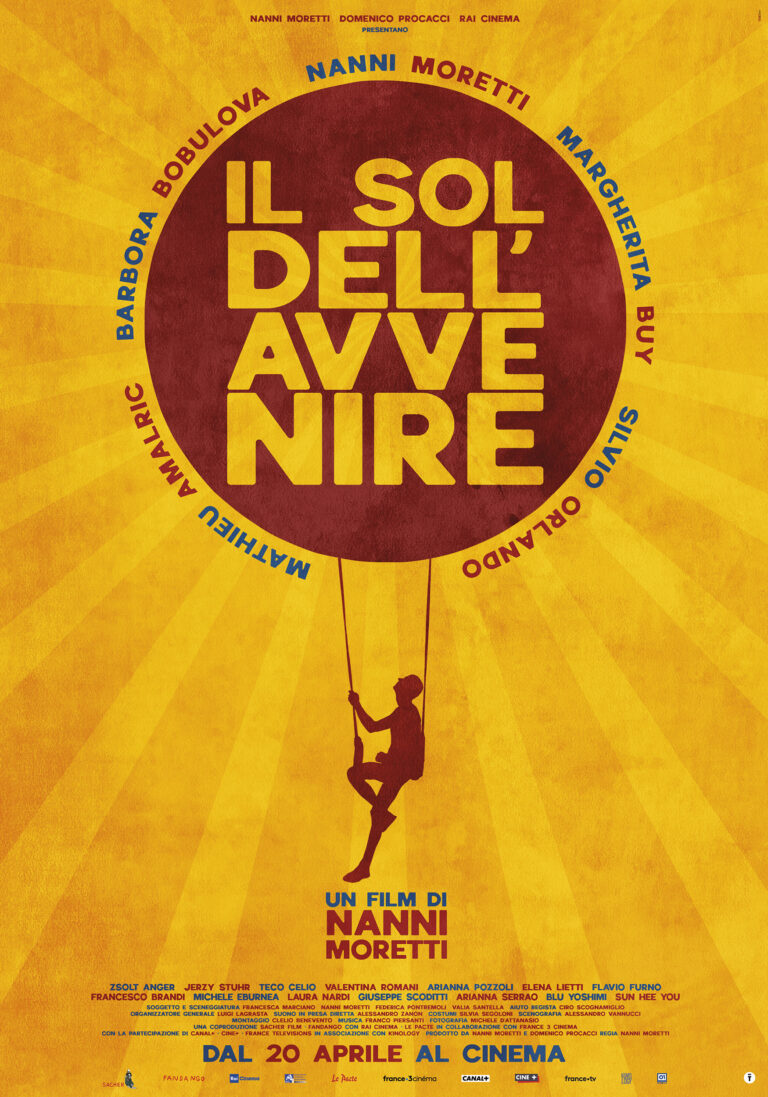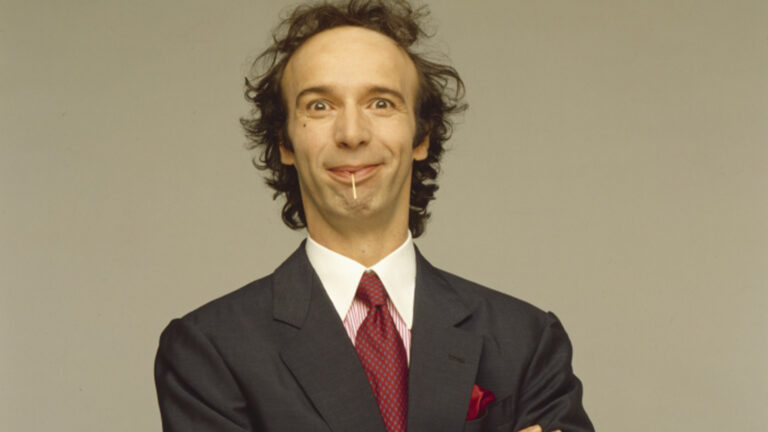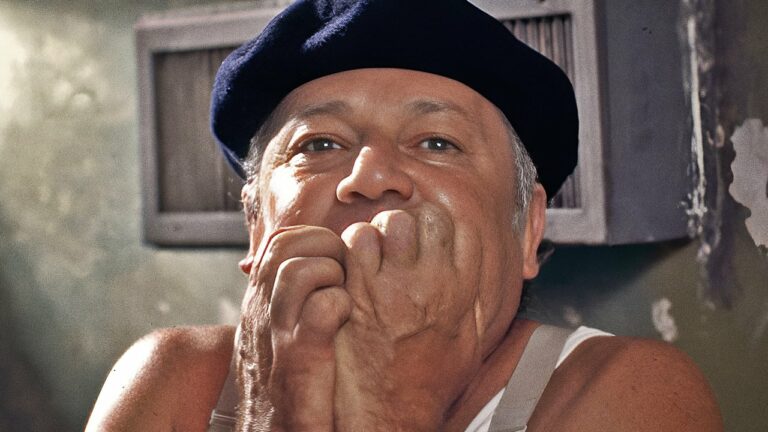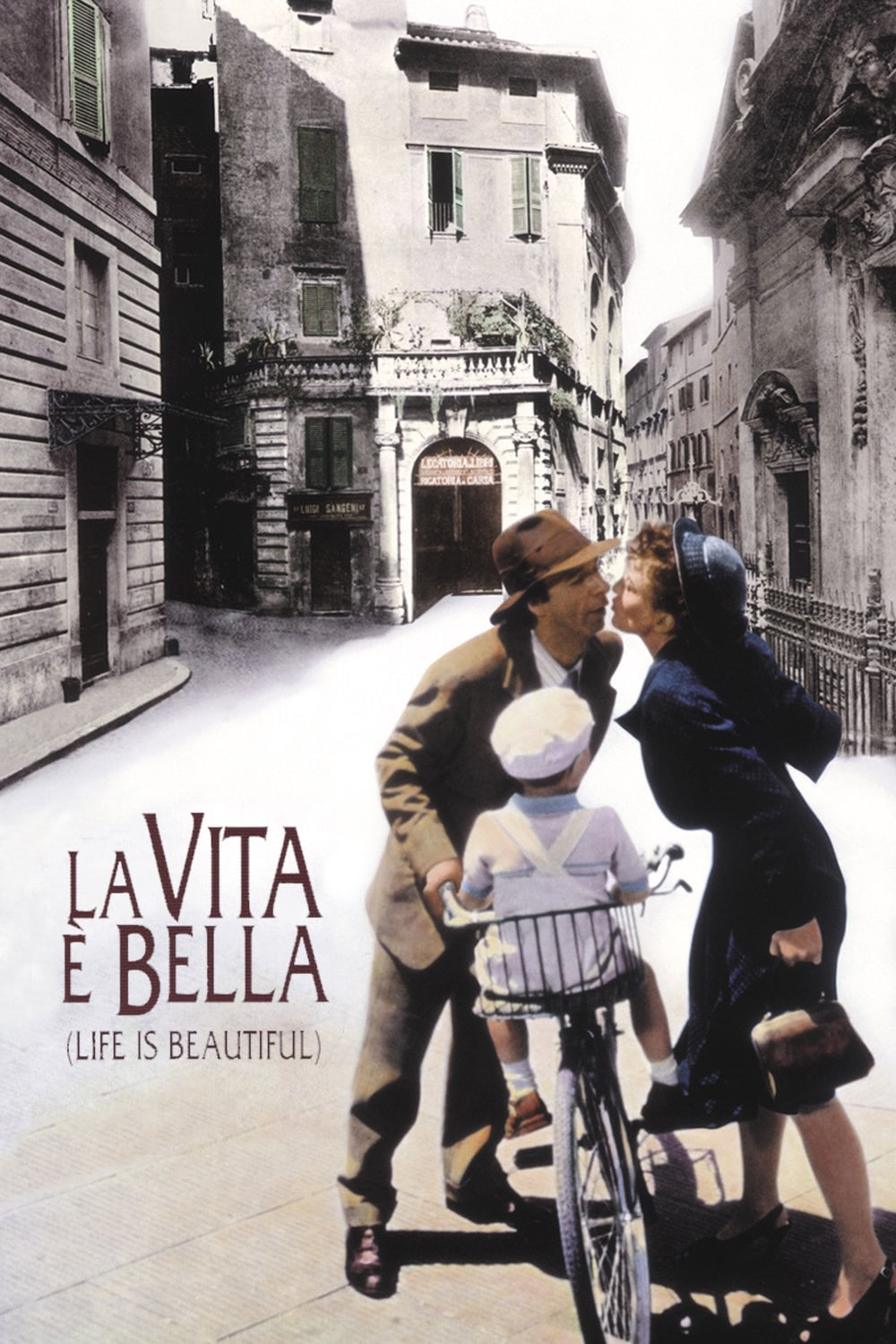
Roberto Benigni’s Life Is Beautiful (La Vita è Bella, 1997) is one of the most profound and emotionally resonant films ever made. A delicate blend of comedy and tragedy, the film tells a story that captures the darkest aspects of human history while celebrating the unyielding power of hope, love, and resilience. Set against the harrowing backdrop of World War II, Life Is Beautiful is both a heartrending Holocaust drama and an inspiring fable about the endurance of the human spirit. Its themes, performances, and unforgettable moments ensure its place among the most beloved films in cinematic history.
The Story: Love and Sacrifice in Two Acts
The narrative of Life Is Beautiful unfolds in two distinct halves. In the first, the film introduces Guido Orefice (Roberto Benigni), a charming and optimistic Jewish-Italian man who arrives in a small Tuscan town in the late 1930s. With his quick wit, infectious energy, and relentless determination, Guido courts and wins the heart of Dora (Nicoletta Braschi), a schoolteacher engaged to a wealthy bureaucrat. Their love story is filled with whimsical moments, clever comedic setups, and a sense of pure joy. This act of the film captures a world brimming with possibility and love, even as the shadow of fascism begins to loom.
The second half takes a sharp turn as Guido, Dora, and their young son, Giosuè (Giorgio Cantarini), are deported to a Nazi concentration camp. Here, the tone shifts from the lighthearted romance of the first act to the grim realities of war and genocide. However, Guido’s optimism does not waver. To shield his son from the horrors surrounding them, Guido creates an elaborate fiction: he tells Giosuè that the camp is part of a grand game, where points are earned for following the “rules” and the winner will receive a real tank. This fantasy becomes a lifeline for both father and son, as Guido uses humor, imagination, and love to protect his child’s innocence in the face of unimaginable cruelty.
A Masterful Blend of Comedy and Tragedy
One of the most remarkable aspects of Life Is Beautiful is its ability to balance comedy and tragedy without trivializing the historical atrocities it depicts. Benigni walks a tightrope, using humor to illuminate the resilience of the human spirit rather than to make light of suffering. The first act’s comedic tone establishes Guido as a figure of boundless hope, a quality that becomes central to the film’s emotional impact in the second half.
In the concentration camp, Guido’s comedic antics take on a deeper significance. His exaggerated pantomimes and playful lies are not merely attempts to entertain his son; they are acts of defiance against a system designed to strip individuals of their humanity. The humor underscores the stark contrast between the father’s courage and the brutal reality around him, making the film’s emotional moments even more devastating.
The Relationship Between Guido and Giosuè
At the heart of Life Is Beautiful is the extraordinary bond between Guido and his son, Giosuè. Their relationship is a testament to the lengths a parent will go to protect their child. Guido’s unwavering commitment to shielding Giosuè from the horrors of the camp is both heartwarming and heartbreaking.
Giosuè’s perspective is central to the film’s emotional power. Through his eyes, the camp becomes a strange and bewildering place, but never a nightmare. Guido’s tireless efforts to maintain this illusion demonstrate the power of love and imagination in the face of overwhelming darkness. The final scenes, where Giosuè believes he has won the “game” and is greeted by a real tank, are as uplifting as they are heartbreaking, reminding viewers of the sacrifices made for the sake of innocence.
Themes of Hope and Humanity
Life Is Beautiful is a film about the persistence of hope in the most desperate circumstances. Guido’s optimism is not naive; it is a conscious act of resistance, a refusal to succumb to despair. His ability to find light in the darkest moments reflects the resilience of the human spirit.
The film also explores the idea of humanity in the face of dehumanization. While the Nazis in the camp seek to strip their prisoners of identity and dignity, Guido’s actions affirm his humanity and that of his fellow inmates. His ability to laugh, love, and protect his son serves as a powerful counterpoint to the inhumanity of the Holocaust.
Roberto Benigni’s Performance and Direction
Roberto Benigni’s dual role as director and lead actor is nothing short of extraordinary. As Guido, he delivers a performance that is equal parts comedic brilliance and heartrending vulnerability. His charm and physical comedy dominate the first half, while his emotional depth and quiet heroism define the second.
As a director, Benigni crafts a film that is both visually striking and narratively seamless. The cinematography by Tonino Delli Colli captures the warmth of the film’s early scenes and the starkness of the concentration camp with equal skill. The script, co-written by Benigni and Vincenzo Cerami, weaves humor, pathos, and social commentary into a cohesive whole.
The Music of Nicola Piovani
The score by Nicola Piovani is an integral part of Life Is Beautiful, enhancing the film’s emotional impact at every turn. The main theme, a hauntingly beautiful melody, captures the film’s duality of joy and sorrow. Piovani’s music elevates the story, becoming a character in its own right, guiding the audience through the film’s most poignant moments.
Critical Reception and Legacy
Life Is Beautiful premiered at the 1998 Cannes Film Festival, where it received a standing ovation and the Grand Prix. It went on to become a critical and commercial success, earning three Academy Awards, including Best Actor for Benigni and Best Original Score for Piovani. It was also nominated for Best Picture, a rare honor for a foreign-language film.
The film’s legacy is one of enduring admiration and occasional controversy. While most critics and audiences praised its message and execution, some questioned the use of humor in a Holocaust narrative. However, Benigni defended his approach, emphasizing that the film is not about the Holocaust itself but about the resilience of love and the human spirit.
Decades later, Life Is Beautiful remains a cultural touchstone, celebrated for its bold storytelling and emotional resonance. It continues to be a source of inspiration for filmmakers and audiences alike, a reminder of the transformative power of cinema.
Conclusion
Life Is Beautiful (La Vita è Bella) is a film that defies easy categorization. It is both a joyous celebration of life and a sobering reminder of humanity’s capacity for cruelty. Through its masterful blend of comedy and tragedy, Roberto Benigni crafts a story that is deeply personal yet universally resonant.
At its core, the film is a testament to the power of love, imagination, and hope. Guido’s unwavering optimism in the face of unimaginable horror is a beacon of light that inspires us to see beauty in even the darkest moments. Life Is Beautiful is not just a film—it is an emotional experience that leaves an indelible mark on all who watch it, reminding us that even in the face of despair, life can still be beautiful.
